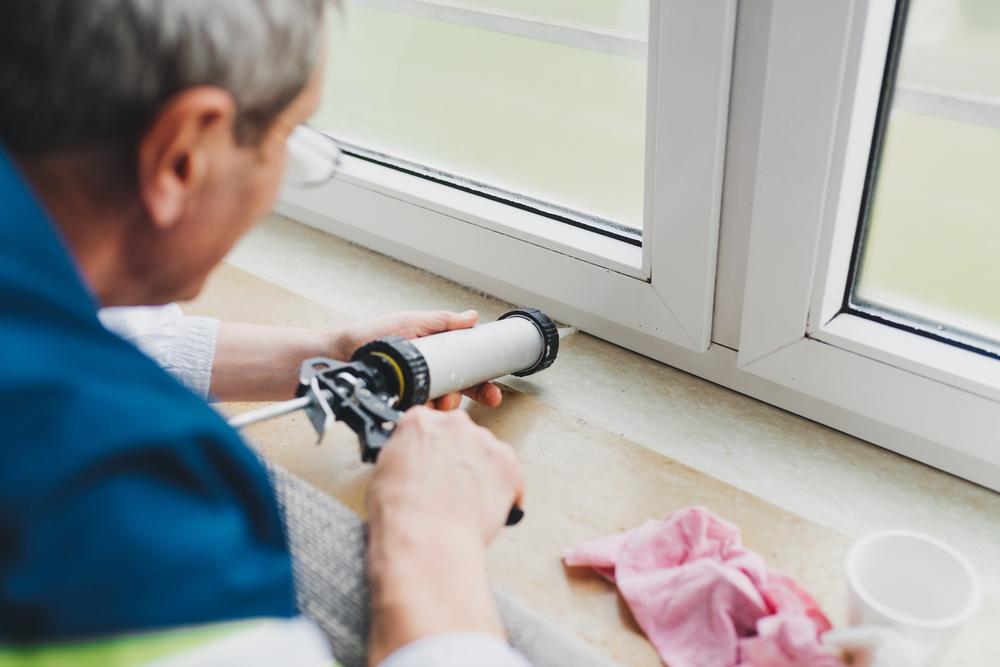Soon, the leaves will be changing color. Shorter days, cooler weather, and the joys of the holiday season are the time to slow down and enjoy family and friends—not to be doing last-minute winterizing. Start the process now by doing a little each weekend, breaking that daunting to-do list down into manageable parts.
For example, next time you’re out back with the family, get out the ladder and take a few moments to clean out the gutters. Are there trees nearby that are soon going to shed massive amounts of leaves? This is the perfect time to install those gutter guards you’ve been meaning to. The job will be much more pleasant accompanied by the sound of your children’s laughter as background music.





